
Your washing machine is used regularly to keep your clothes and laundry fresh – but do you know how to clean your top loader?
A dirty top-loading machine can smell from a build up of soap scum, mineral deposits and other grime, leaving your clothes musty and unclean. Regular maintenance cleans will help.
Our laundry pros and professional cleaners share their easy eco-friendly cleaning tips for your top-loading washer to ensure fresh laundry and extend the life of your appliance
Why you need to clean your top-loading machine
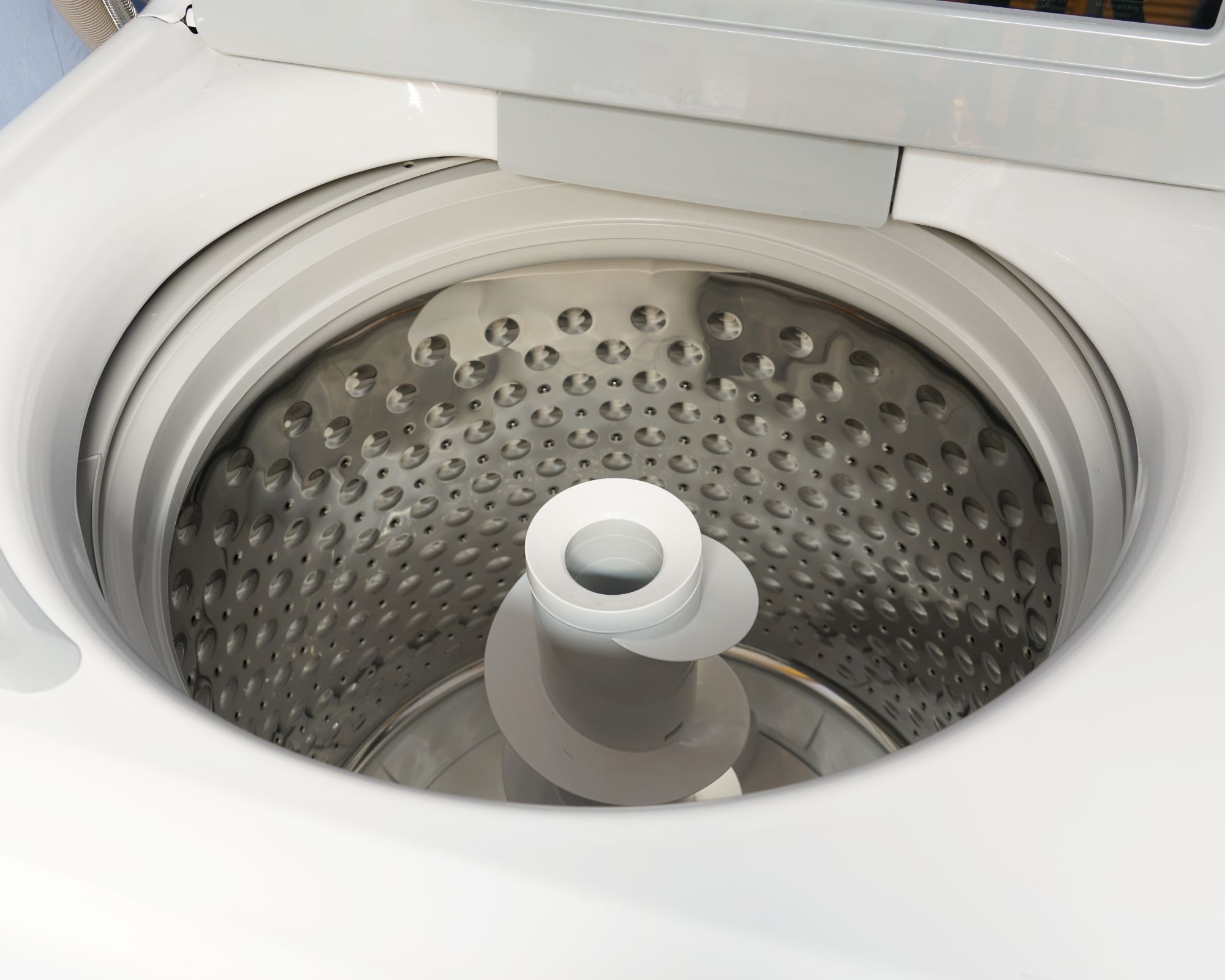
'Top loaders use an agitator or impeller to move clothes around in the water,' says Rinea Blanchard, owner of Superior Contract Cleaning. 'They are generally easier to clean than a front-loading machine because you can easily access the tub.'
Cleaning yours regularly is an important step to clean, fresh laundry. 'Washing machines benefit from regular cleaning, as detergent, grime, and minerals can build up inside the machine, especially if you’re using a lot of fabric softener or have hard water,' says Robert Vodicka, owner and operator of Sun Life Cleaning Services. 'This buildup can affect the machine’s efficiency, cause unpleasant odors, and shorten its lifespan. Regular cleaning helps prevent these issues.'
How often do you need to clean your top load washing machine

Wondering how often you should clean your washing machine? It's a task we all neglect, but it should be carried out more often than you think.
'A top load washing machine should be cleaned twice a year on average,' says Doty. 'How dirty your laundry loads get will also impact how often you should clean your washer. Frequent use of a washer (especially with heavily soiled loads) is also an important factor. Hard water build up should be approached in the same fashion.'
If you're not sure whether your washing machine needs a clean, keep an eye out for laundry that's coming out looking dull and dingy, or any foul, musty odors coming from your machine and laundry area. 'If your clothes aren’t smelling as fresh as they used to, that’s another red flag,' says Vodicka.
'These unpleasant odors usually stem from detergent and fabric softener buildup, moisture retention, overuse of cold water cycles, poor ventilation, infrequent cleanings, or hard water deposits,' explains Taylor Riley, founder of Boom Facility Service Advisors.
Cleaning your top-loading washer will also help keep your appliance working for longer, just make sure you're not making a washing machine placement mistake which could affect the lifespan of your machine.
What you will need to clean a top-loading washer

- Hot water
- Baking soda
- White vinegar
- A microfiber cloth
- A toothbrush or scrubbing brush
- Optional: commercial cleaner or bleach, such as Affresh Washing Machine Cleaner available at Amazon, or OxiClean Washing Machine Cleaner available at Walmart, which is recommended by Daniel Anderson, CEO of Gorubbishgo.
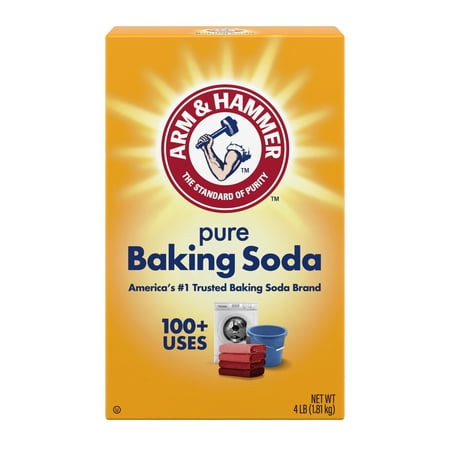
This baking soda is a natural deodorizer with over one hundred uses around the home, including cooking, cleaning and baking. It's also free of harsh chemicals, and gentle enough to use on most surfaces.
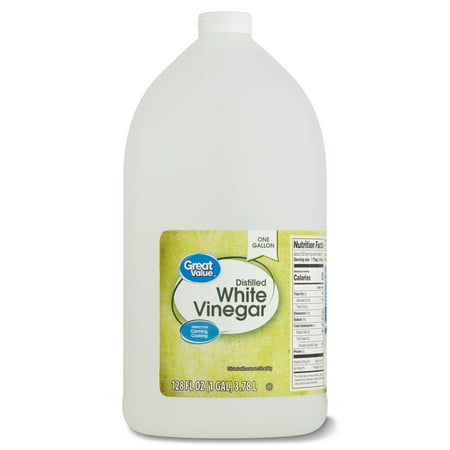
This vinegar is distilled with a 5% acidity, with no artificial colors, making it a versatile product for both cooking and cleaning.
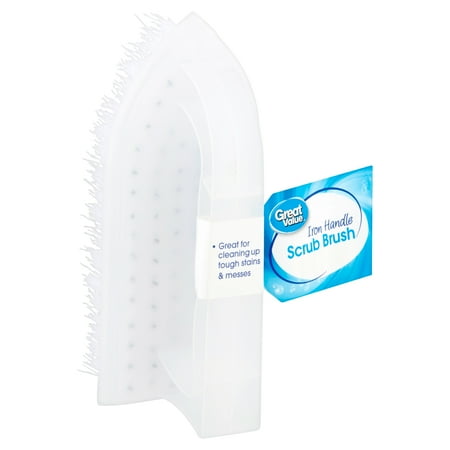
This scrubbing brush features an elevated iron handle, to keep your hand away from harsh chemicals when cleaning around the house.
How to clean a top-loading washer in 7 simple steps
Once you've assembled your cleaning supplies, it's time to get started.
- Run a hot water cycle with 2 cups of baking soda and 2 cups of vinegar.
- Clean the detergent and bleach dispensers by removing them and rinsing them. 'Mix equal parts vinegar and water in a mixing bowl and let the pieces soak,' says Doty, for an hour, or, ideally, overnight.
- Wipe down the drum with a microfiber cloth, and use a toothbrush to get into all the crevices. We recommend the bestselling HOMEXCEL Microfiber Cleaning Cloths available at Amazon.
- To clean the agitator in a washing machine, if your machine has one, lift it and clean underneath. 'You'd be surprised what can build up there,' says Blanchard.
- Rinse soaking parts in running water and put back in.
- Run a short, empty final rinse cycle.
- Leave to air-dry with the door open.
If your washing machine still smells, or doesn't appear to be clean, it might be time to use a commercial cleaner. Always follow the manufacturers instructions, and always leave your washing machine door open between washes.
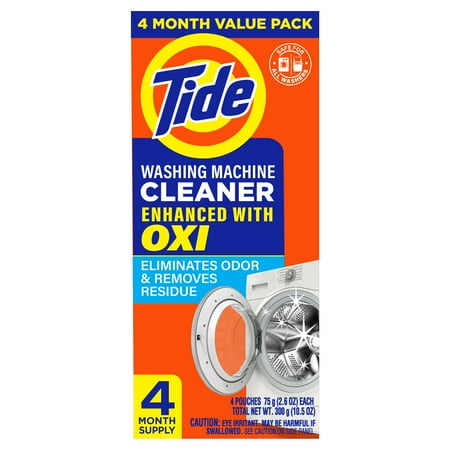
This product is specifically designed by Tide to deep-clean your washing machine, even working to cut through grime in areas you can't see. The formula works effectively even in hard water, and can be used monthly to fight odors, lift residue, and leave a fresh, clean scent.
Tips for maintaining a clean top-loading washer
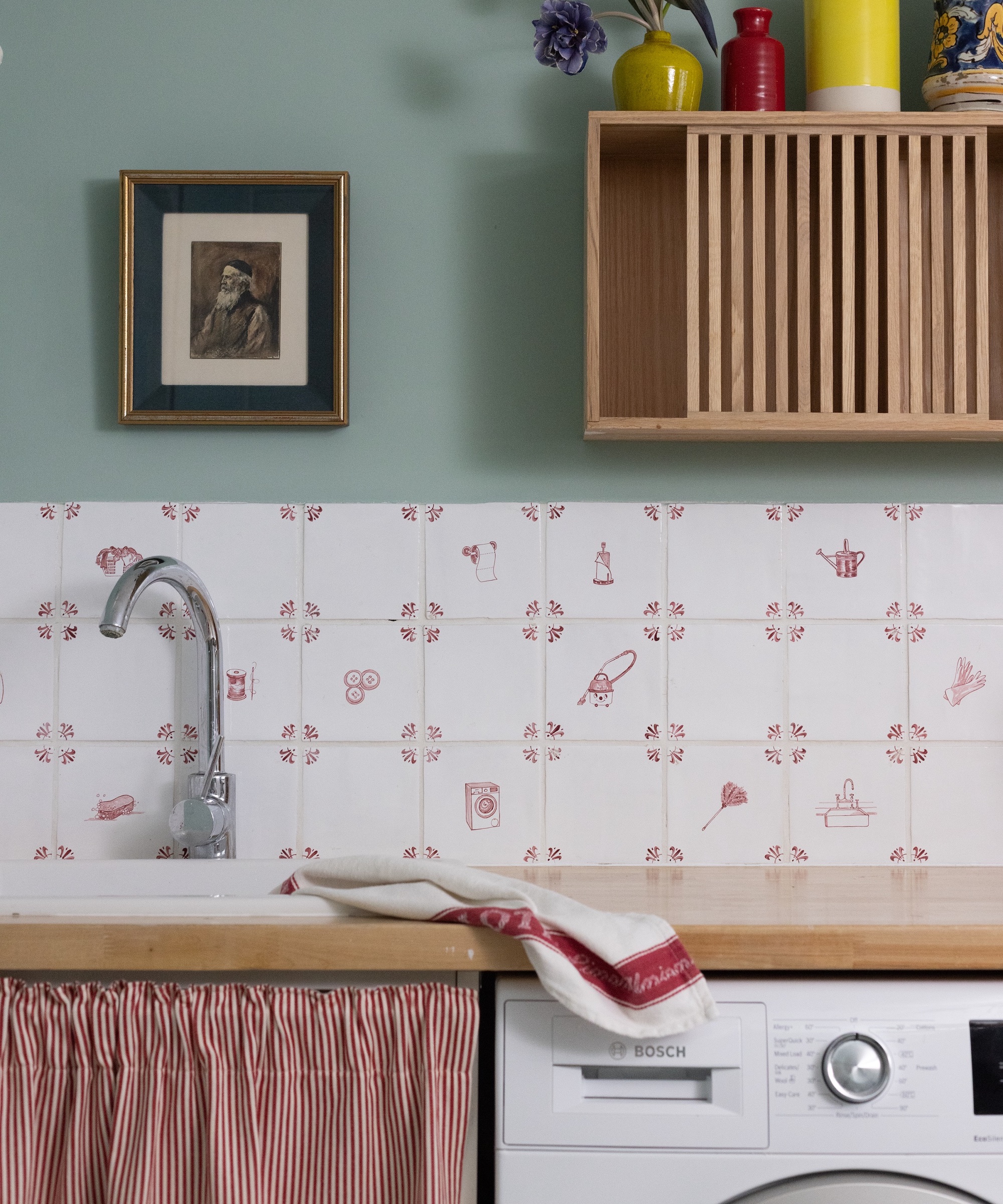
Once you've mastered how to clean a washing machine that smells, and yours is sparkling clean, you will be wanting to keep it that way.
'Limit the amount of detergent you use,' advises Doty. 'More dirt doesn't always equal more detergent. Too much detergent can reduce the amount of friction that is necessary to properly remove dirt and is a key culprit in buildup.'
Another way to maintain a clean top-loading washer is by regularly cleaning and wiping down the drum after each load, or at least weekly, if you regularly wash soiled clothes, says Vodicka.
'Also, clean the lint filter regularly if your machine has one,' says Blanchard.
FAQs
Can you use bleach to clean your top-load washer?
Bleach can be used to clean a top-load washer to eliminate odors and kill bacteria, but it's always worth considering a more eco-friendly option first. Cleaning with baking soda or with vinegar is a great DIY hack for making washing machine cleaner. Just make sure you know how much vinegar to clean a washing machine with.
While bleach won't damage your machine, always run an empty hot cycle after using it to ensure there is no residue left in the drum which could damage your laundry.
Once your washing machine is sparkling clean, conquer your laundry with our straightforward guide to washing machine settings.







